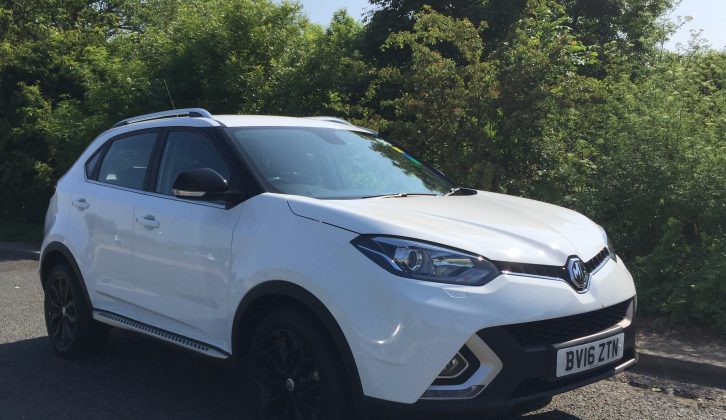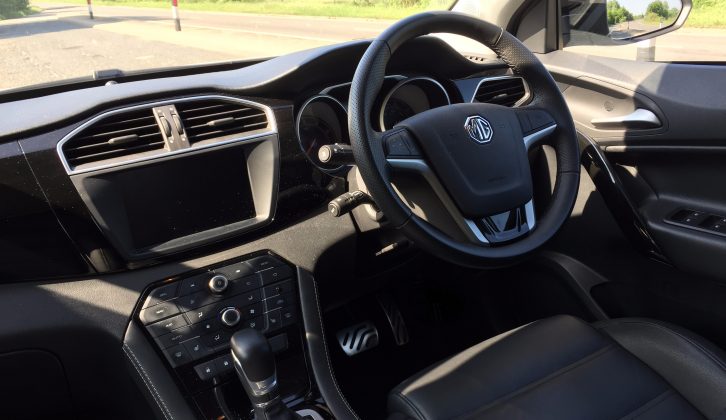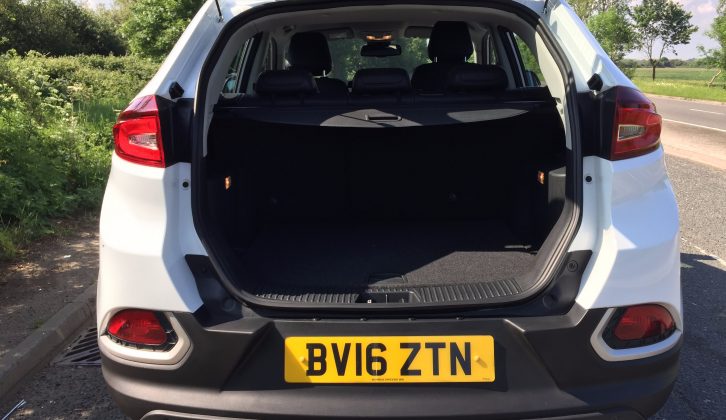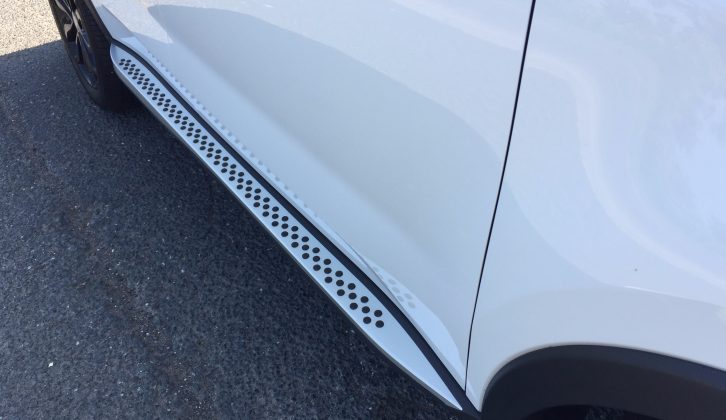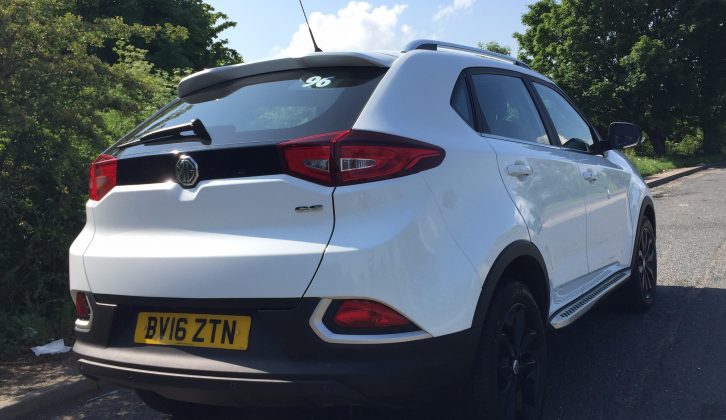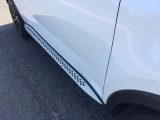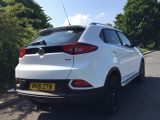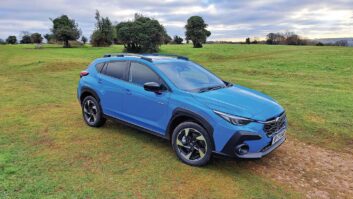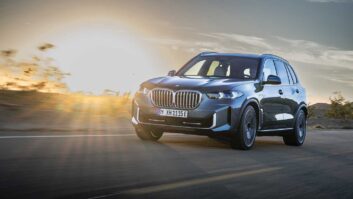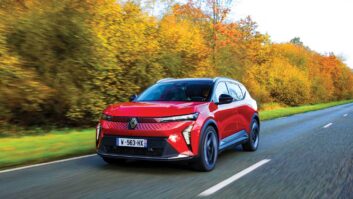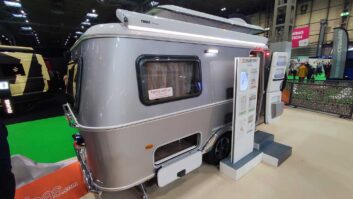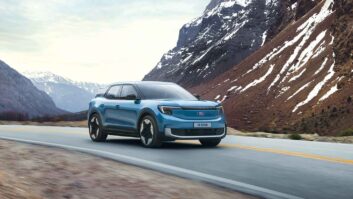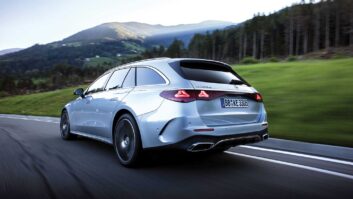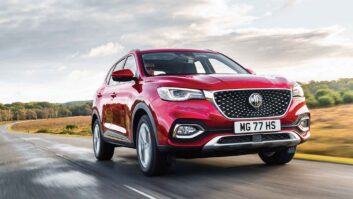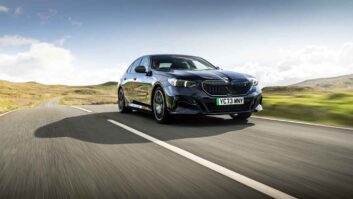We’re often asked what tow car is the best, but ‘best’ can mean many different things.
If affordability is key to your new tow car purchase and your caravan’s MTPLM is around 1100kg, have you considered the MG GS?
Launched last year, the GS is MG’s first SUV and the range starts at just £15,095 OTR.
With rivals such as the Nissan Qashqai and Kia Sportage priced from £18,955 and £18,795 respectively, it’s clear why that price appeals.
Although, in reality, this is a budget SUV taking on models like the Dacia Duster and SsangYong Tivoli, which cost from £9495 and £13,100 respectively.
But is there a good tow car behind that headline figure? We took to the driving seat to find out.
The MG GS range
MG has kept its GS line-up refreshingly simple.
Just one engine is offered, a four-cylinder, 1.5-litre, turbocharged, petrol-fuelled unit, with 164bhp and 184lb ft torque.
This is mated to a six-speed manual gearbox. Or, in the case of the top-spec Exclusive model, a seven-speed DCT automatic transmission is available, too.
Indeed, it’s one such auto-equipped model we’re driving.
Exclusive sits above two other trim levels, entry-level Explore and Excite. All are fitted with items including ABS, ESP, rear ISOFIX points, electric parking brakes, alloy wheels, automatic headlights and a USB port.
Go for Excite and some of the extras you’ll get include LED tail lights, rear parking sensors, DAB and Bluetooth connectivity.
Top-level Exclusive, which just slips under the £20k mark, priced from £19,595, adds leather trim, front foglights, 18-inch alloys (up from 17-inch), rain sensors, heated front seats and lumbar support for the driver, among other items.
And, key for caravanners, the question of kerbweight. MG quotes 1385kg with a 75kg noseweight limit for all models. This gives a 1177kg 85% match figure.
First impressions
Looks-wise, it’s not a huge departure from its rivals – it’s clear that MG wants its newcomer to feel part of the crowd, rather than apart from it.
Climbing aboard, the chunky running board soon proves an irritation. We can imagine it would swiftly gather muck, which would transfer to your trousers as you straddle it to get in.
Still, the cabin is pleasant enough, especially if you’re a fan of monochrome tones and angular design.
It’s simple and unfussy, feeling more premium than you might expect at this price. The switchgear is easy to use and the seat has a generous amount of adjustability.
It’s good to see 12V, USB and AUX sockets in the front cabin, plus two cup holders and a useful cubby for coins and suchlike to the right of the steering wheel.
Those in the back have reclining seats, no less. And space here isn’t bad, either, with only a hint of transmission tunnel intrusion.
We’re pleased to see air vents back here and magazine holders on the front seatbacks, while the shiny black piano trim and silver detailing around the door handles provide a welcome relief from the otherwise quite dark rear cabin.
On the road
Let’s be frank and deal with the worst news first: the automatic gearbox.
We found the DCT seven-speed automatic to be dim-witted and, in short, annoying. It rarely seemed to be in the right gear, constantly hunting and shifting – not a peaceful companion!
Putting the transmission into Sport mode just ups the volume and causes it to hang onto revs longer, which isn’t pleasant as the engine doesn’t have a voice worth listening to.
The good news is that the GS on MG’s test fleet with a tow bar has the six-speed manual fitted, so we’ll sample this variant when we hitch up for a full tow test.
At the least the start-stop system was quick-to-react, with no nervous moments pulling away from junctions, waiting for the engine to join in.
The steering wheel is perhaps larger than we’d like and the steering itself is quite woolly. Indeed, the needles running round the dials on start-up rather over-promises the performance on offer.
Comfort is, rather, the priority. The GS turns in well enough, but is wallowy when pushed. And you need to really prod the brakes for meaningful retardation.
Any imperfections in the road surface are felt in the cabin and you’ll be aware of some wind and road noise. That’s not to say it’s a rough ride, but it does remind you that refinement may not be the first concern in a £15k SUV.
Finishing on a high
However, all occupants enjoy a perhaps surprisingly comfortable amount of space. And, thanks to those swept-back A-pillars, visibility for the driver can’t be argued about.
And there is a decent amount of pace on offer, if only the gearbox would stop fussing long enough to let you make the most of it.
Floor the throttle, forcing the transmission to hold that gear until it hits the red line, reveals a respectable level of acceleration.
There’s little to grumble about in terms of boot space, either, with 483 litres, or 1336 with the rear seats flattened – which is easy to do and gives a near-flat load space. Although the bootlid was awkward and heavy to close, at least for this 5’3” driver.
A mixed bag, then. It’s certainly not without character, but there is no escaping its budget status.
However, if that low price is part of the attraction and you want a new compact SUV to comfortably seat five, you have a light caravan to tow, or you’ve not passed your B+E test and are struggling with outfit matching, it is worth a look.
For my money, Dacia’s Duster is a more well-rounded product, but you’d have to dig into the specs, select your must-have options and then tot up and compare the prices to see which is the better-value car for you.
The cabin is simple and unfussy, feeling more premium than you might expect at this price
